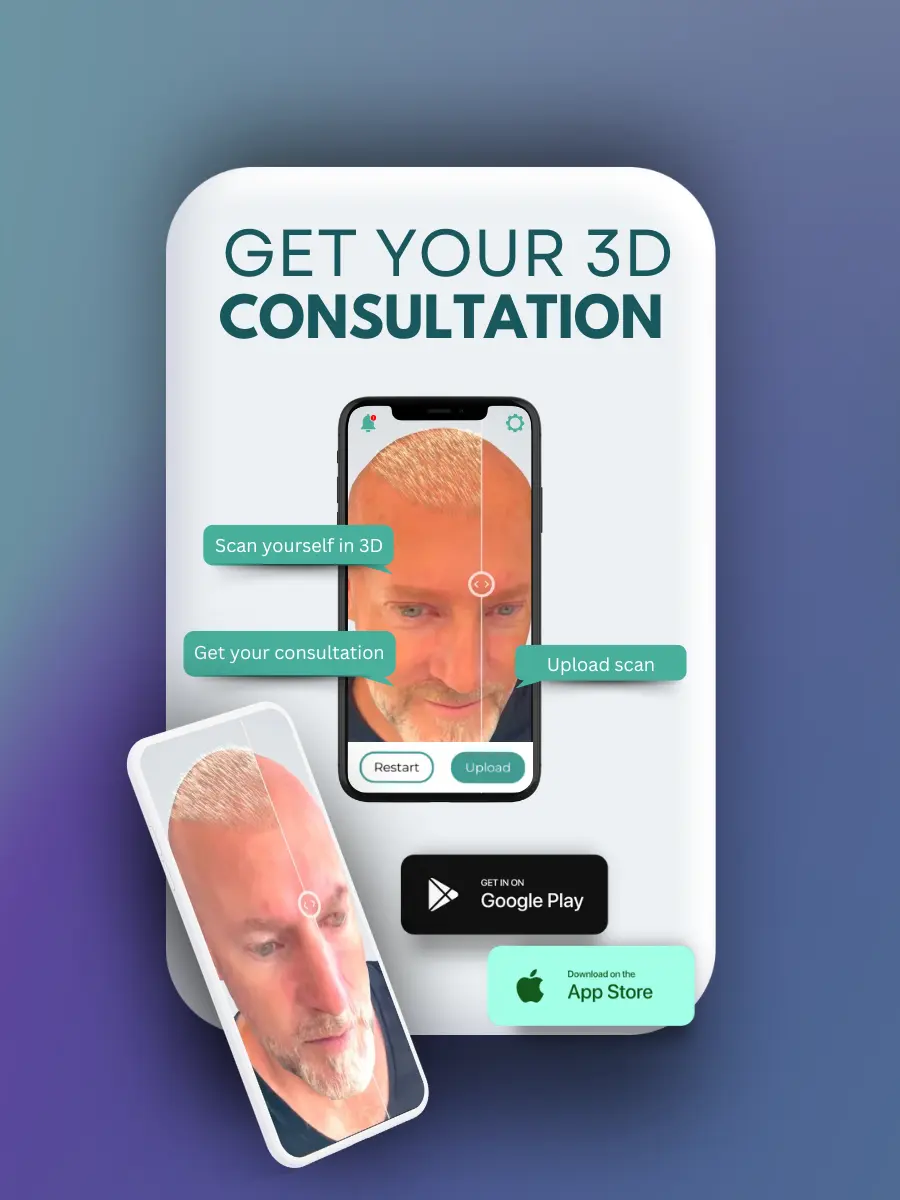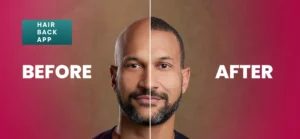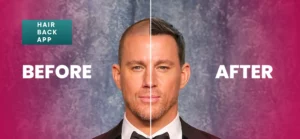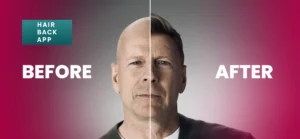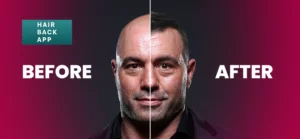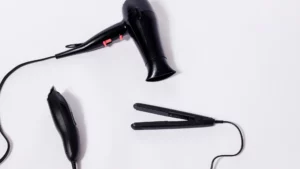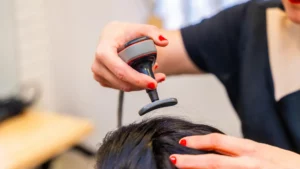Hair transplant for athletes has become an increasingly popular solution for those looking to maintain their image and confidence. The pressures of intense physical training, combined with stress and hormonal changes, often lead to hair loss, which can be particularly challenging for athletes who rely on their appearance to connect with their audience.
For many, hair transplant for athletes offers an opportunity to regain a youthful look, boost self-esteem, and continue their careers with confidence. Athletes, whether they are professional football players, fitness influencers, or Olympic athletes, face unique challenges that can accelerate hair thinning.
The constant physical strain, combined with the mental stress of competing at high levels, often exacerbates hair loss. This article will delve into why hair transplant for athletes is becoming a go-to solution for many, exploring the procedure, its benefits, and the steps involved from consultation to recovery.
If you’re an athlete considering this option, understanding how hair transplant for athletes works and what to expect before, during, and after the procedure is key. In this article, we’ll cover everything you need to know about hair restoration, from the latest techniques to how to care for your hair post-surgery.
Understanding Hair Loss in Athletes
Hair loss can affect anyone, but athletes are often at an increased risk due to the intense physical and mental demands of their profession. For many athletes, the stress from training and competition, along with fluctuating hormone levels, can accelerate hair thinning or cause more severe forms of hair loss, such as male-pattern baldness.
Additionally, factors like overexertion, lack of sleep, and high-stress situations can contribute significantly to hair thinning.
Stress and Hormonal Changes: Athletes, particularly those who push their bodies to the limit, often experience higher levels of stress. This stress can lead to the release of hormones like cortisol, which is linked to hair loss.
Furthermore, hormone fluctuations during peak training periods or after competitions can also result in thinning hair. The body’s inability to regulate cortisol levels can lead to heightened stress levels, exacerbating hair loss in already-stressed athletes.
Physical Strain: Intense physical activity can also put strain on the body, leading to poor nutrition or dehydration, which can weaken hair follicles.
Athletes may not always have the time or energy to follow a balanced diet, and this can affect hair health. Diets that lack essential nutrients for hair health, such as vitamins A, C, and D, can also make hair loss worse. Additionally, prolonged exposure to sweat and the harsh effects of weather, such as sun or cold wind, can dry out the scalp, further contributing to hair loss.
Genetics: Regardless of an athlete’s fitness level, genetics plays a major role in determining whether they will experience hair loss. If hair thinning runs in the family, athletes may find themselves battling similar issues as they age.
For many, hair transplant for athletes is seen as a proactive measure to address the issue before it impacts their professional image.
Mental Health and Public Image: In a career where appearance is often part of the brand, losing hair can cause significant distress. The pressure to maintain a strong public image may drive athletes to consider treatments like hair transplant for athletes, aiming to ensure they look their best for both fans and sponsors.
Why Athletes Are Turning to Hair Transplants
There are several reasons why hair transplant for athletes has gained popularity in recent years.
Quick Recovery Time: One of the biggest advantages of undergoing a FUE hair transplant is the short recovery period. Since the procedure involves removing individual hair follicles, athletes can usually return to their normal routine faster than with other methods, such as FUT.
This is especially important for athletes who cannot afford extended downtime due to training schedules or competition dates. By choosing FUE, athletes are able to get back to their routines more swiftly, minimizing disruption to their careers.
Minimal Scarring: Unlike traditional hair transplants that leave a noticeable strip of scar tissue, FUE hair transplant offers a much more discreet solution. The technique involves extracting hair follicles one at a time, resulting in tiny, almost invisible scars.
This is crucial for athletes who want to avoid any visible signs of surgery, particularly those who sport short hairstyles or are involved in activities where their hair is often exposed to the public.
Psychological Boost: For many athletes, maintaining a youthful, healthy appearance is vital. Losing hair can negatively impact self-confidence and may even affect performance.
A successful hair transplant for athletes can help restore self-esteem and improve mental well-being. Athletes often face the added pressure of maintaining their public image, and having a fuller head of hair can contribute to a more positive self-perception, enhancing both their personal and professional lives.
Brand Image Maintenance: In the world of sports and fitness, athletes often need to maintain a consistent public image to connect with their audience.
Hair transplant for athletes helps preserve that image, ensuring that they appear vibrant and confident. A healthy appearance is key to continuing their marketing, endorsement deals, and fan engagement, all of which are central to a successful career.
Types of Hair Transplants for Athletes
There are various methods for hair transplants, and athletes must choose the one that best suits their needs. The most popular options are FUT (Follicular Unit Transplantation), FUE (Follicular Unit Extraction), and DHI (Direct Hair Implantation).
FUT (Follicular Unit Transplantation)
This is the traditional method of hair transplantation. FUT involves removing a strip of scalp from the back of the head and dividing it into individual follicular units, which are then transplanted into the thinning or balding areas.
While this method is effective, it does leave a noticeable linear scar, which may be a concern for athletes, especially those who wear short hairstyles. The recovery time is longer compared to FUE hair transplant, making it less desirable for athletes who need a quick turnaround. Despite these drawbacks, FUT is still chosen by some athletes due to its affordability.
FUE (Follicular Unit Extraction)
FUE hair transplant is a more advanced technique that involves removing individual hair follicles from the scalp and transplanting them into the recipient area. This method is popular among athletes because it results in minimal scarring and has a quicker recovery time.
There’s no linear scar, and athletes can return to their activities much sooner. Additionally, FUE allows for greater precision, as individual follicular units are selected and transferred, offering a more natural-looking result.
DHI (Direct Hair Implantation)
DHI is the most advanced method, where hair follicles are implanted directly into the scalp without the need for prior incisions. This method allows for greater precision, resulting in natural-looking hairlines.
It also has a relatively short recovery time, making it ideal for athletes who want to maintain their routine with minimal disruption. DHI is considered a top choice for athletes due to its precision and faster recovery, allowing them to return to their rigorous schedules sooner.

Pre-Surgery Preparation for Athletes
Before deciding to undergo a hair transplant, athletes need to take certain precautions to ensure the best outcome.
Consultation with a Specialist: The first step in the process is to consult with a hair transplant specialist. They will evaluate your hair loss, discuss your goals, and recommend the best method for your specific needs, whether it’s FUE hair transplant or another option.
It’s important to find a doctor who has experience with athletes and understands their specific requirements regarding recovery time and physical activity restrictions.
Physical Fitness and Health: While preparing for surgery, athletes should maintain their fitness levels. However, they should avoid intense exercise a few days before the procedure to ensure their body is in optimal condition for healing. Staying healthy and hydrated is essential for a smooth recovery process.
Avoid Certain Activities: There are things to avoid after hair transplant that athletes should keep in mind. For instance, it’s crucial to avoid alcohol, smoking, and certain medications that could interfere with the healing process. Being mindful of these factors before surgery can help ensure the best possible outcome.
Psychological Readiness: Mental preparation is equally important. Athletes should be prepared for the recovery process and set realistic expectations for results. They should also discuss potential post-surgery care and recovery tips with their specialist to ensure a smooth recovery process.
Post-Surgery Recovery and Tips for Athletes
After undergoing a hair transplant, proper recovery is essential to achieving the desired results.
Recovery Timeline: The recovery process typically lasts between 7 to 10 days, though it can vary depending on the procedure type. For athletes, it’s important to refrain from heavy physical activities during this time to avoid complications. The first few days will involve swelling and some redness in the recipient area, but this usually subsides after a few days.
Things to Avoid After Hair Transplant: Athletes should avoid strenuous physical activities, such as lifting weights or participating in contact sports, for at least a few weeks after the procedure. This ensures that the transplanted hair follicles remain undisturbed and reduces the risk of scarring.
Hair Transplant Aftercare: Proper hair transplant aftercare is crucial. This includes keeping the scalp clean, avoiding sun exposure, and following the doctor’s instructions on shampooing and moisturizing. Avoid touching or scratching the transplanted area to prevent infection. Additionally, athletes should be mindful of any pressure on the scalp, as it could impact the healing process.
How to Sleep After Hair Transplant: It’s essential to follow proper sleeping positions to protect the newly transplanted hair follicles. Sleeping with your head elevated helps prevent swelling and minimizes any risk of damage. Using extra pillows during sleep can help keep your head raised, preventing any unwanted pressure on the treated area.
Considerations Before Choosing Hair Transplant for Athletes
Before committing to a hair transplant for athletes, it’s important to take certain considerations into account. Athletes should thoroughly research the different types of hair restoration procedures available, such as FUE hair transplant, to determine which best suits their lifestyle and needs.
The athlete’s specific sport and training routine may also influence their decision, as recovery time and physical restrictions after surgery are important factors. It’s also essential for athletes to manage expectations, as the final results of the transplant may take several months to fully show, and the process involves ongoing care and commitment.
Additionally, athletes should consult with a trusted hair transplant specialist who understands the unique demands of their profession, ensuring that the procedure will not only help with hair restoration but also support their overall well-being and career.
Conclusion: Is Hair Transplant for Athletes Right for You?
Hair transplant for athletes can be a game-changer, offering a solution to hair loss while ensuring minimal downtime and natural-looking results.
Whether you’re dealing with stress-related hair thinning or just want to maintain your public image, a hair transplant could be the right choice.
By understanding the process, preparation, recovery, and costs involved, athletes can make an informed decision about whether this procedure is right for them.
If you’re considering a hair transplant, speak with a specialist to explore your options and find the best path to restore both your hair and your confidence.

